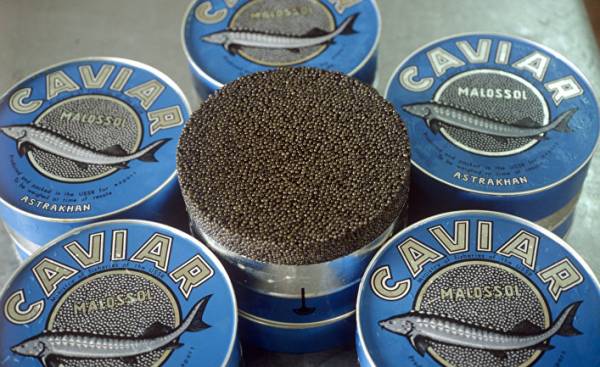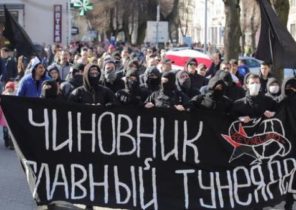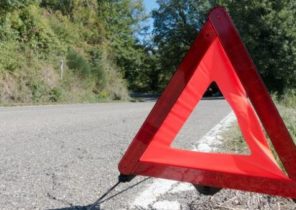
After the threat of disappearance there was little hope that the Caspian sturgeon will be able to supply Russia and the rest of the world valuable black caviar.
They wriggled in our hands before we release them into the biggest river in Europe the Volga. Catch small sturgeon swimming in small cages, not hard.
Director of the Caspian Institute of fish culture Arsen Mirzoyan with cautious optimism expressed about the possibility of growing viable population of this valuable fish. We are talking about how to keep fingerlings in cages under the roof until, until they become large enough, preferably weighing up to 250 grams.
“Then they are more likely to survive,” he explains.
The disappearance of the population
When the Soviet Union disappeared, the regulation of the fisheries that existed in most of the countries around the Caspian sea.
At the same time, the authorities have lost control over fisheries in the main sturgeon species in the Volga Delta, where the river flows into the Caspian sea. Sturgeon was the victim of the hunt for big money. Soon the fish almost completely disappeared.
In 2002, Russia imposed a complete ban on commercial fishing. Now black caviar can only be purchased from rybozavod enterprises. According to experts, it is not comparable to the ROE of fishes, free-living in the Caspian sea or a large estuary to the North.
“However, I don’t think we can speak about the disaster,” — said the expert Valery Fingers, which 40 years involved in the regulation of fishing of sturgeon in this part of Russia.
Fingers believes that to save the herd of sturgeon done a lot, but it takes time, so as to get caviar sturgeon age must be about 15 years.
An example is the cooperation between Norway and Russia in fisheries
“Now we have established good cooperation with the Caspian countries,” says Fingers.
He believes that in principle everyone agrees with the need to implement a number of measures to preserve the population of sturgeon and other fish species living in the largest lake in the world.
Veteran study sturgeon said that the well known cooperation that Norway and Russia have developed over many decades to regulate the fisheries in the Barents sea.
“When we were designing the first agreements on fishing in the Caspian sea, we studied the experience and the treaties concluded between Norway and Russia.
Poor water quality is also a threat
Director of the Institute Mirzoyan believes that the water quality is as big a problem as poaching.
“80% of the water entering the Caspian sea comes from the Volga. Despite the fact that in recent years something has been done to reduce discharge into the river, water quality remains poor,” says Mirzoyan.
Thanks to the support of the state and last but not least oil companies who want to show themselves supporters of the preservation of the environment, in breeding juvenile fish in this region to invest more money.
But still no one can say when it will again be allowed to engage in commercial fishing for sturgeon.







